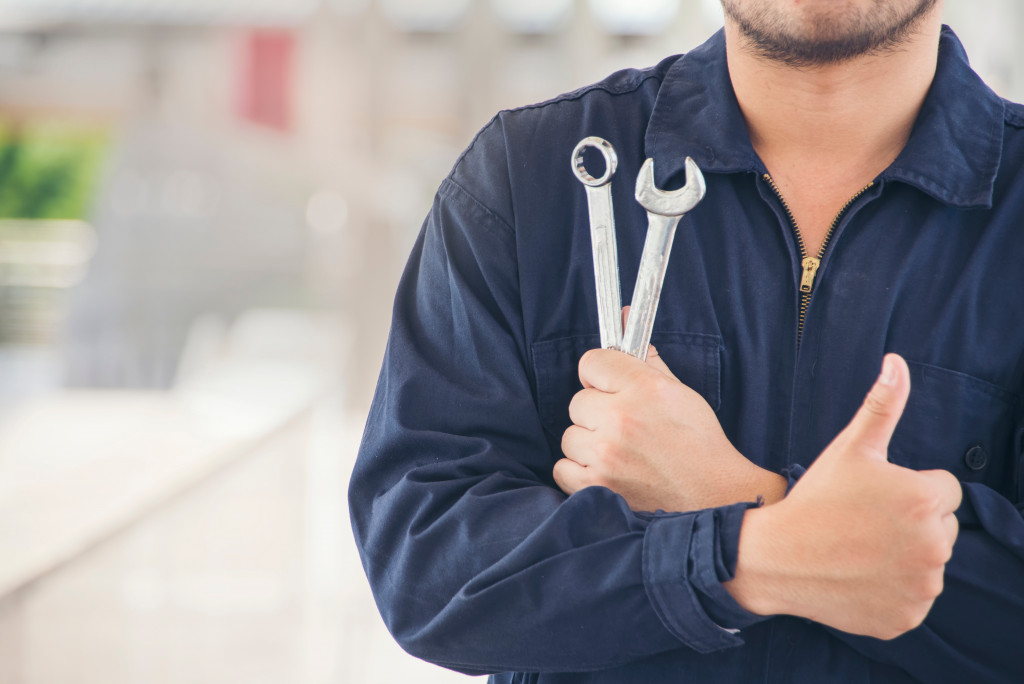Almost all, if not all, businesses use different types of equipment and machinery for their output. Regardless if it’s an oven, a computer, or an 18-wheeler truck, businesses rely on critical equipment to fully function.
At any given time, critical equipment may malfunction which can lead to disruptions in their operations that can affect their daily, weekly, or monthly output and productivity. When this happens, the setback brings a company at a disadvantage, and no CEO, manager, or business owner wants that to happen.
Imagine owning a construction company where your heavy machinery conks out and stops working in the middle of an important project? Now, imagine neglecting maintenance which makes your machine inoperable and beyond repair. You’re now faced with the dilemma of spending more money than you ought to by looking for a pay loader, steamroller, or forklift for sale to keep the work going on-site.
This is counterproductive to a company whose main goal is to profit from a job or project. Instead of earning money, you end up spending more.
For this reason, regular equipment maintenance is paramount. But among the different maintenance styles, which one should you go with?
Predictive Maintenance
When it comes to maintaining equipment and machinery, predictive maintenance gives companies the best value for their money. It helps organizations optimize their productivity and strategies by only performing maintenance procedures when completely necessary.
Predictive maintenance involves monitoring an asset’s condition and performance under normal operating conditions using advanced technologies that connect your asset to a monitoring machine or app. This tech allows companies to anticipate and predict system or equipment failures by analysing data gathered from the sensors attached to the equipment. This results in maintenance teams coming to the rescue at just the right time without any unnecessary pull-outs from operations because of preventive maintenance protocols or going through the inconvenience of not having a working machine because of failure.
Preventive Maintenance
Among all the other types of maintenance, preventive maintenance is one of the most efficient ways of keeping things under control. Also known as planned maintenance, this involves tasks that help keep a piece of equipment or machine in great working order by anticipating and addressing potential problems while the asset is under normal working conditions.
Doing this helps extend an asset’s lifespan and ensures optimum productivity and output. This process also helps companies keep maintenance costs to a minimum. The only downside to this is, unlike reactive maintenance, this is a lot harder to justify since the machine is still in good working condition. For preventive maintenance to take place, the machine has to be taken offline or pulled out which can affect the company’s productivity during the entirety of its absence.

Proactive Maintenance
Both predictive and preventive types of maintenance do a lot for companies but proactive maintenance, despite its similarities with predictive maintenance, takes equipment maintenance to a whole new level.
It works to correct any root cause of failure so that breakdowns can be avoided. It is performed to make sure that maintenance is only carried out when absolutely necessary, just like predictive maintenance. It utilizes technologies that virtually eliminate corrective maintenance and extends an asset’s operating life to the maximum.
Sounds just like predictive maintenance, right? Yes, it does. The only difference here is that predictive maintenance pays attention to the data gathered by the different sensing tools and anticipates when the problem could occur. Proactive maintenance, on the other hand, seeks out the root causes of problems, whatever they may be, whether it’s a design problem or a mechanical problem, or an operational problem.
Reactive Maintenance
As the name suggests, this type of maintenance only takes place as a reaction to a piece of machinery or equipment breaking down and reaching the point of failure. Companies who employ this type of maintenance believe that this strategy is beneficial to them because they are able to fully utilize and turn in an asset’s maximum production output by working it to its limits.
However, despite this advantage, it may cost the company a lot more than an equipment’s purchase and production value if they decide to run it to failure. And we’re just talking about parts maintenance and not the entire equipment. As wear-and-tear continues to manifest and increase, as different parts begin to crack, chip, vibrate, and break, the additional damages to the machine will result in costly repairs.
Instead of just treating it on a per-symptom basis, it is recommended that the problem be looked at as a whole and not just a part.
Whatever industry your company belongs to, the best company maintenance strategies utilize a variety of methods to keep their equipment and machinery in good working condition and make them last for as long as possible.




